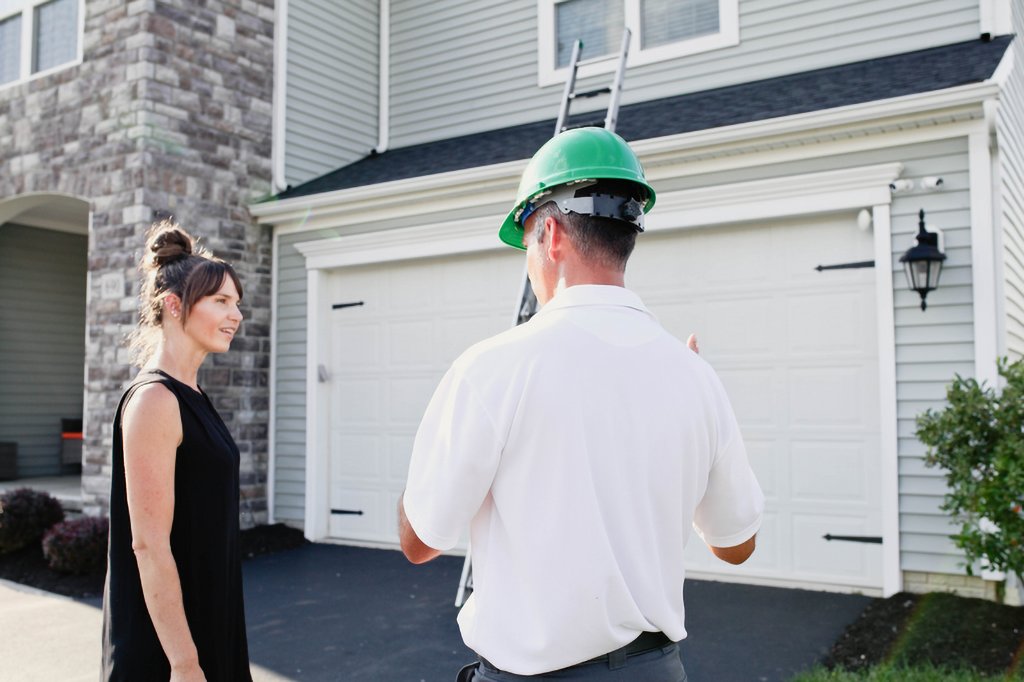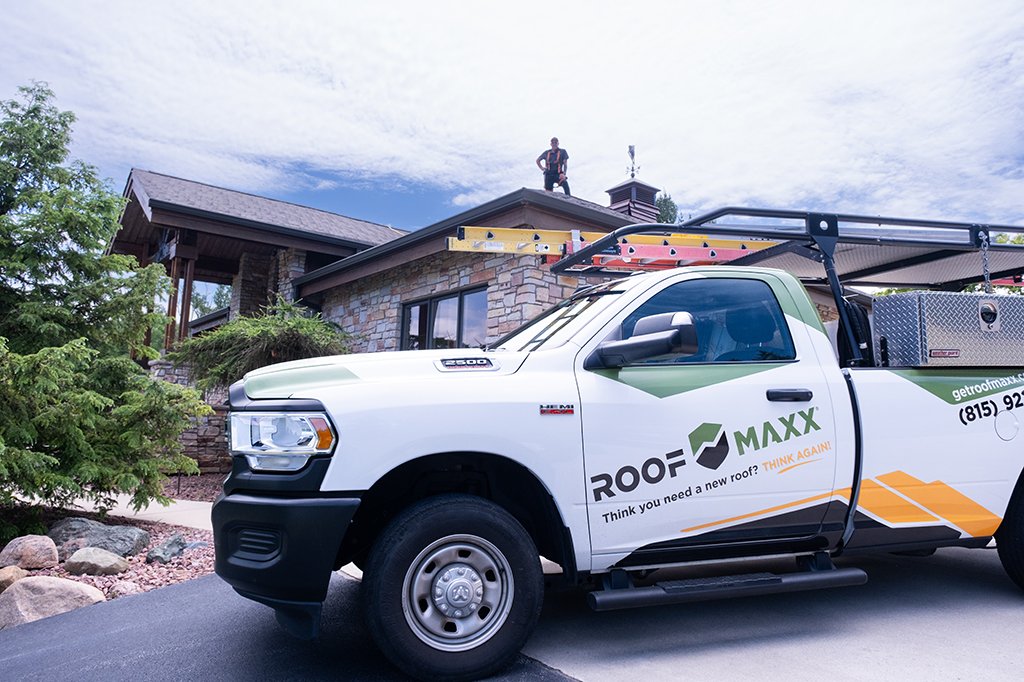It starts as a harmless-looking little stain on the ceiling—a little area of discoloration that randomly appears one day. You frown, maybe make a mental note to have someone check it out. It never gets worse, so you eventually write it off as cosmetic.
Fast forward to hurricane season. A major storm dumps 5 inches of rain on your roof in just a few hours, and suddenly, your “cosmetic stain” is now an impressive leak.
What’s your next move? If you said “file an insurance claim,” you’re partially right, but you’ll need to do a lot more than just report it if you want to win. Below, we’ll show you how to set yourself up for success with rates and claims from day one—plus how Roof Maxx can help with insurance.

Filing an insurance claim for a roof leak is never simple. If your shingles are very old, your provider will almost always try to fight your claim—and they may even accuse you of neglect.
Roof Maxx doesn’t fix leaks—but it does make old, dried-out asphalt shingles flexible again so they can shed moisture more effectively. Our soy-based solution is scientifically proven to reduce the permeability of shingles by up to 60%!
Having your roof treated also sends a strong message that you care enough about your roof to keep it in good condition. It might even help you get better insurance rates.
Now that we have that out of the way, let’s show you how to navigate the claims process.

Here’s a little insurance industry secret: insurers love when people don’t actually read what’s in their policy. If you don’t know what you’re covered for, you’re less likely to file a claim!
Take a few minutes to get familiar with your policy and what your homeowners insurance actually covers before you have a leak—not while you’re scrambling to stop one. Pay close attention to any specifics, like:
You should also know your responsibilities—what your provider expects you to do if you find a leak. For example, some insurers will be fine with you reaching out days later, while others want you to call them immediately instead.

Step one is to break out the buckets, towels, and bins—heck, even pots work—to catch the leak. You’ll need to monitor these closely and empty them often when they start to get full, but they’ll help keep the water from infiltrating your floors.
Next steps include:
If the leak is so severe or so large that there’s no real way to stop it, just focus on getting your loved ones to safety instead. Call a roofer for help once you’re in a safe location.

Everyone is safe and you’ve managed to rescue a few belongings—now it’s time to build your case with thorough documentation.
Your list of evidence should include:
It’s always best to err on the side of caution by collecting too much information versus too little. So, when in doubt, write it out!
Read More: Understanding Roof Leak Repair Costs

Most insurers let you file a claim by calling their hotline or logging into your account online. A few now have apps that let you submit evidence right from your phone.
We strongly recommend calling to speak with someone because:
Automated methods aren’t as reliable, and they leave room for the insurer to say they never got your claim or that it was missing critical info.
Follow your insurer’s instructions to the letter at all times. If you run into problems uploading documents, need more time to fax them over, or have any other questions along the way, don’t just guess how to proceed—call the hotline and ask.
Read More: How to Find and Fix Roof Leaks

Most insurers will send an adjuster over to examine the leak and any related damage after you file your claim. How you handle this visit can impact the outcome. For best results, follow these tips:
Remember: the adjuster’s job is to inspect the damage, collect evidence, and submit a report to your insurance company. They aren’t your friend, and they don’t have the authority to approve or deny your claim—so don’t expect them to have all the answers.
Insurance claims can take months to process and even longer to pay out. In the meantime, you’re often left footing the bill for cleanup or repairs on your own dime. This can be risky, because there’s no guarantee that your provider will reimburse you.
Still, it’s worth hanging on to receipts and invoices for expenses if you decide to pay out of pocket. You can ask to be reimbursed for:
Keep in mind that insurance companies have a vested interest in downplaying the costs and keeping the total payout down. Get a few estimates from local pros, too—it’ll help you assess if you’re being jerked around and give you hard evidence in case you need to fight back

Giving yourself the best possible chance to win roof leak insurance claims starts with understanding your policy and what it covers. Read the fine print, and if you aren’t sure what a clause means or whether it applies to you, ask the company or talk to your lawyer instead.
Don’t wait for leaks and early roof failures to force you into a knock-down, drag-out fight in court. Show your provider how committed you are to extending the life of your asphalt shingle roof now and in the future by having your roof treated with Roof Maxx. Get a free quote now!
With our five-year, transferable warranty, you’ll enjoy the peace of mind that your roof and entire home are protected.